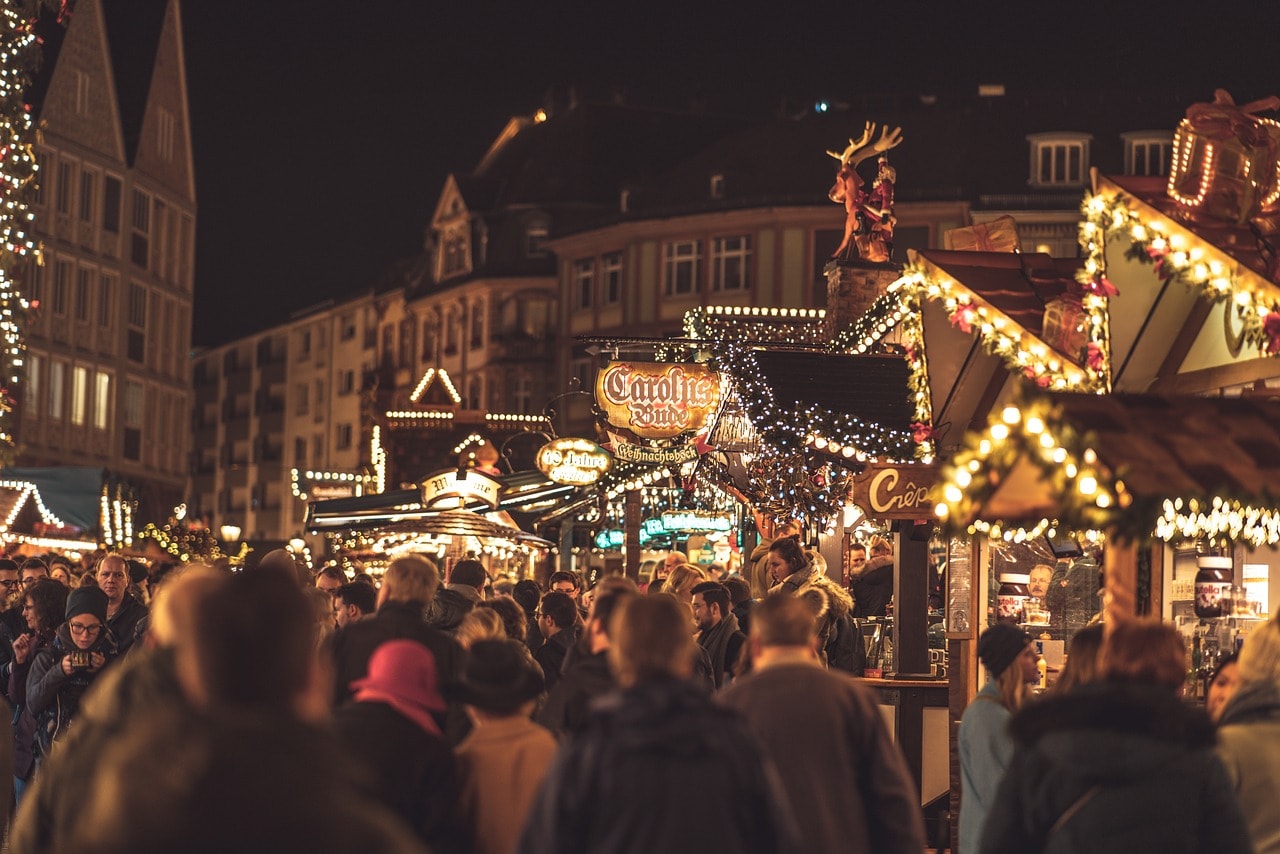
One often forgets that the same holidays can be celebrated quite differently around the world, and Christmas is one such festivity. Each country has its own versions of well-known Christmas traditions, and some unique ones and Germany is no exception.
Here are ten Christmas traditions that German people wait all year for.
1. Advent Calendars
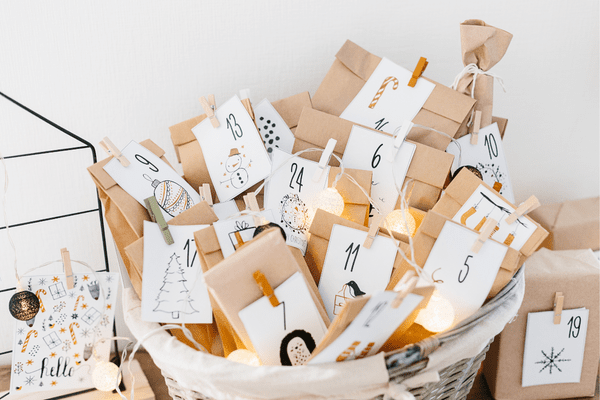
Let us start with a familiar one. Many countries in the world, especially those of Protestant background, have adopted advent calendars as a means of keeping track of the days leading up to Christmas.
As Protestantism originated in Germany, advent calendars were originally used by German Lutherans in the early 19th century and commonly consisted of cardboard or wooden slate, some of them shaped like a house or a Christmas tree, with little flaps or doors that can be opened.
Each small opening represents one day, and families light a candle inside or mark the doors with chalk. More recently, a tradition has started in which small presents are placed inside the doors so every day, a new surprise awaits whoever opens it.
2. Krampus Night
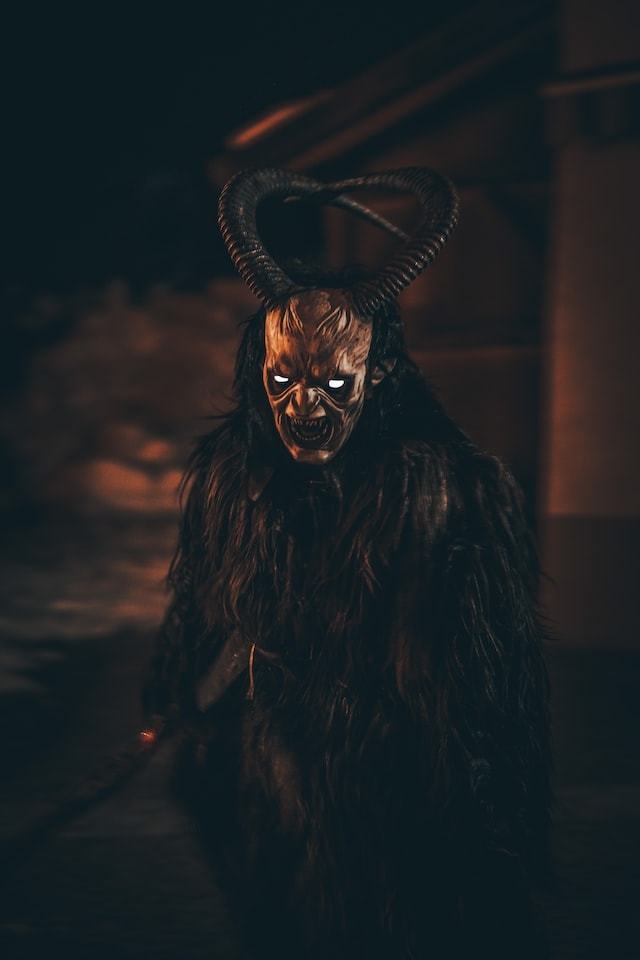
This is a little bit different, as it seems to combine the best of Halloween with Christmas festivities.
Krampus is a horned creature from German folklore who terrorizes children who haven’t behaved properly during the year. It is said that Krampus and St. Nicholas (Santa Claus) come together, but the Night of Krampus occurs the night before St. Nicholas’.
According to the European calendar, the Feast of St. Nicholas takes place on the 6th of December, which is the date on which it is customary to set up candles, advent calendars, and stockings.
On the 5th of December, in the German tradition, people take to the streets, dressed up as Krampus. Much like Halloween, it is a night when anything can happen, especially since some people dressed in devil costumes go around offering Krampus Schnapps, a strong homemade brandy, to whoever will accept it.
3. Special Drinks
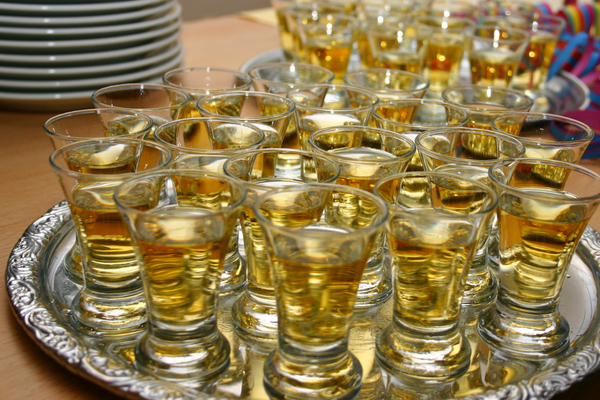
Speaking of typical Christmas season drinks, Germany has quite a few.
While Krampus Schnapps is served cold on the streets, families gather inside, around the fire or the Christmas tree, and drink steaming hot Glühwein, a kind of wine, from typical ceramic mugs. Apart from grapes, it has spices, sugar, and orange peels, so its taste is very particular. It is also valued for keeping warm in the middle of winter and spreading happiness at Christmas.
Another popular alcoholic beverage is the so-called Feuerzangenbowle (from the German Feuer, meaning fire). It basically is a rum with an enormous alcohol level, which is sometimes set on fire, either alone or mixed with the Glühwein.
4. Food
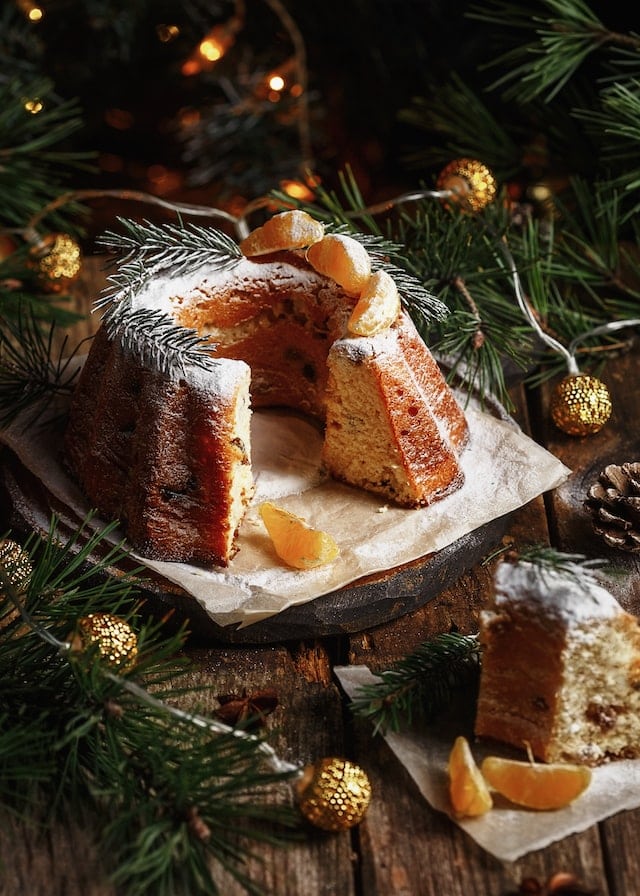
But, of course, who can keep up with drinking on an empty stomach? Several traditional recipes are cooked for Christmas in Germany, especially cakes and other sweet delicatessens.
The most popular of them is, without a doubt, the Stollen, which is made from wheat flour and has small bits of chopped up, dried fruits, as well as nuts and spices. The Stollen is baked inside an oven, and after the crust is formed, it is taken out and topped with powdered sugar and zest.
People from Dresden are particularly fond of Stollen, and they even have a whole festival centered on the cake.
Lebkuchen is another special German Christmas cake. In addition to nuts and spices, it contains honey, and its texture resembles that of gingerbread.
5. Christmas Angels
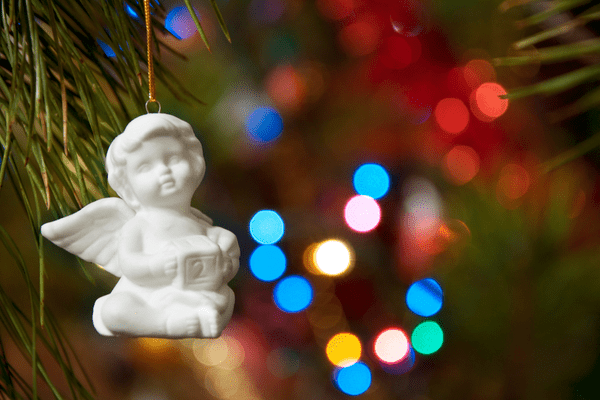
Christmas trees are much the same around the world. Ornaments, on the other hand, vary from culture to culture, and one of Germany’s most beloved ornaments is Christmas angels.
These small figurines winged and chubby, are often portrayed playing the harp or another instrument. They are commonly made out of wood, and no German Christmas tree would be complete without one or several of them hanging from its branches.
6. Filled Stockings
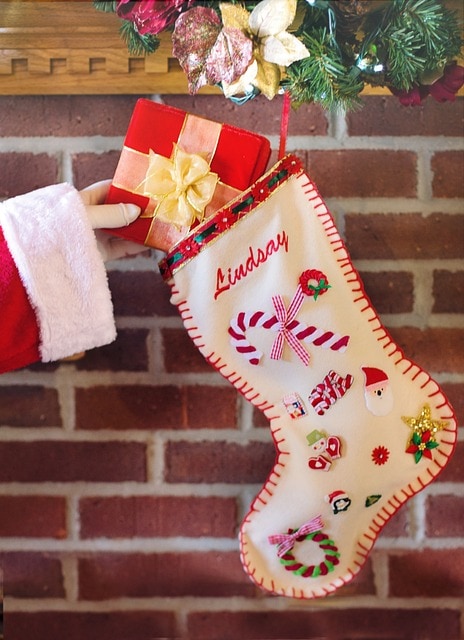
After the considerable trauma that was Krampus Night, children will put up their stockings on the night of St. Nicholas, which falls on the 6th of December, so that the benevolent saint can fill it with presents.
When they wake up on the morning of the 7th, they will rush to the living room to find out what exactly St. Nicholas brought them this year.
7. Christmas Eve
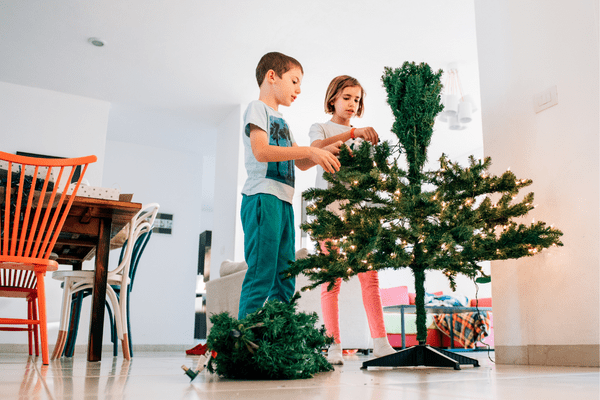
After St. Nicholas’ day, children in Germany will patiently open the daily little door of their advent calendars, counting the days until Christmas Eve, on the 24th of December..
On this day, the most important task they have to fulfill is the decoration of the Christmas tree, as well as helping out in the kitchen.
They will spend the night in the living room, around the tree, singing jolly songs and sharing quality time with their families, and around midnight, the most anticipated event of the season will arrive.
In Germany, it is not Santa who brings the presents, but the Christ Child (Christkind), and he does this while the kids wait outside their rooms. After the Christ Child has wrapped the presents, he will ring a bell to let the children know they can enter the room and open the presents.
8. Christmas Tree
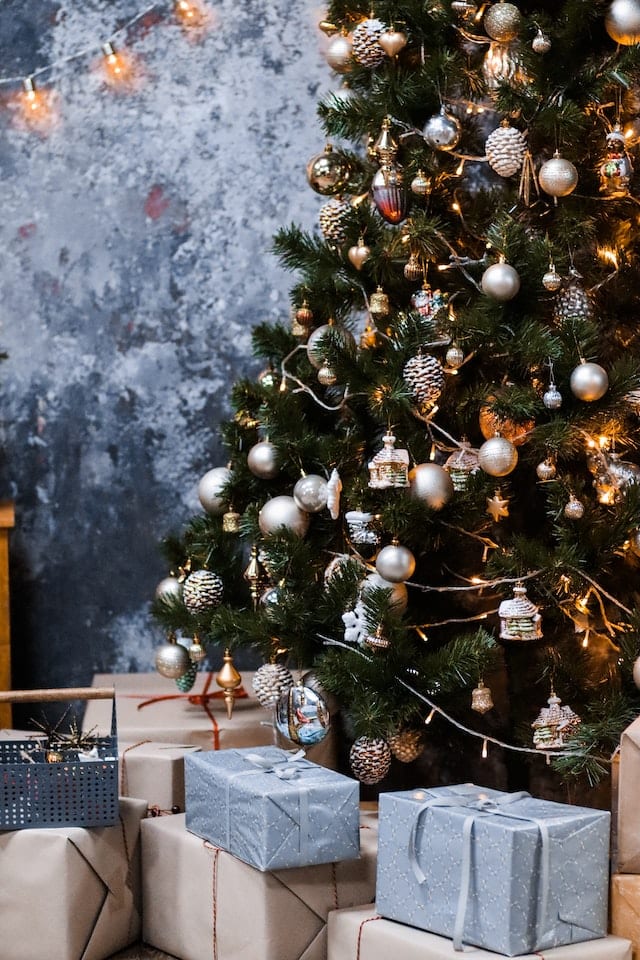
Unlike other cultures in which the Christmas Tree is put up on the 8th of December (Virgin Mary’s Day), in Germany, the tree is put up only on the 24th.
It is with high anticipation that families attend to this task. After decorating the entire house earlier that month, they save the most important Christmas installation for last. Finally, on the 24th, they can complete the Christmas Tree with hanging ornaments, angels, and often: a star on top.
9. Christmas Markets
Although any excuse is valid for commerce, in the case of Christmas markets, it’s a tradition that originated way before the Industrial Revolution, in the Middle Ages, and still exists today.) Stalls are put up to sell the Lebkuchen and Glühwein, as well as regular hotdogs.
These markets are commonly held in the main square of the village, more often around the ice skating rink.
Germany is famous for its Christmas markets. In fact, the largest Christmas market in the world is located in the little German city of Dresden. This particular market has over 250 stalls and is one of the oldest, with a history that dates back to 1434.
10. Advent Wreath
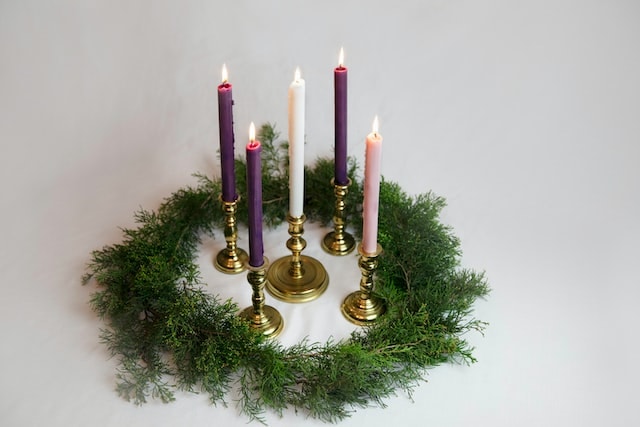
Long after the Middle Ages, when the Lutheran faith started to gain followers in Germany, a new tradition was invented – that of having advent wreaths around the house.
Typically, the wreath would be adorned with ornaments and pinecones, as well as berries and nuts. On top of that, the wreath usually holds four candles, which are lit one at a time, on each Sunday of the month. The last, usually a white candle, is lit by the children of the house on the 25th of December.
Wrapping Up
Christmas is a much-awaited event in every country it is celebrated, and Germany is no exception. While the majority of German Christmas traditions are the same as in other parts of the world, they have their fair share of native rites and customs.
More often, these are the local food and drinks which are well worth exploring for those who did not grow up in a German household.








